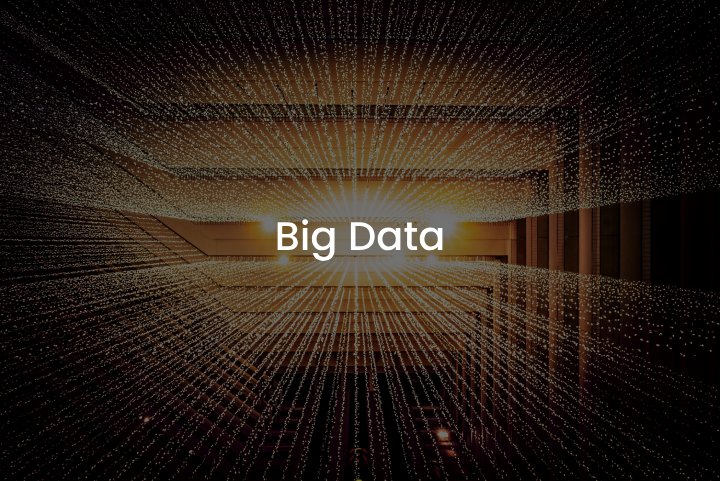Implementing Data Analysis for Operational Optimization and Increased Business Performance
Businesses today have access to more data than ever before, from customer transactions and interactions to operational metrics and financial …
 18 | 11 | 2015
18 | 11 | 2015 Having generated great resonance in IT industry, the term ‘Big Data’ keeps sparking off intense debate as to its scope and meaning. We strongly believe that it doesn’t simply refer to large or complex data sets. Its technical aspect should be reckoned with. Big Data, by its broader definition, includes data analysis, capture, search, sharing, storage, transfer, visualization. Noteworthy, it is about huge amount of information that cannot be processed with traditional business intelligence programs.
Volume – an accumulated database contains an extensive collection of information, that is not easily accessed, stored or managed using traditional methods. New approaches and improved tools are at work here.
Velocity – a characteristic that points at ever-increasing speed of data accumulation (90% for the last two years) and data analysis (technologies of data processing have recently become in high demand).
Variety – an ability to simultaneously process structured (info about client transactions) and unstructured multifaceted data (video or audio files, textual information coming in quantities from social media networks ). As a rule, unstructured information remains dormant until is properly analysed and made useful for further processing.
Veracity – nowadays users attach higher value to data reliability and validity, give meaningfulness or authenticity of present data.
Value – generated data are invaluable. The need for Big Data appears with realization that company business processes are to be improved and kept abreast of the times. With this understanding comes the need to augment and leverage vast volumes of data so that timely and valuable insights are derived out of them.
On condition all these criteria are met, generated Data can be categorized as Big.
Traditional warehousing technologies analyze transactional data like financial orders, invoices, payments, activity records, storage records and other logistical information. To take advantage of structured and unstructured data stores, robust Big Data technologies both high-powered and enterprise-friendly have been introduced.
Technologies used for complex and large set of generated data analysis and processing fall into three groups:
• hardware engineered solutions (special-purpose programming language designed for managing data: SQL, NoSQL, MapReduce, Hadoo SAP HANA);
• software engineered solution (servers, infrastructure equipment);
• services (construction of a database architecture, arrangement and optimization of an infrastructure and data storage safety).
Hardware and software engineered solution as well as services form complex Big Data platforms for data storage and analysis.
The challenge is how to take advantage of all of this and improve upon existing business processes. The solution comes from data experts capable of sorting data, seeing and making sense of patterns, guiding companies in their business decision making.
Once all the frameworks are in place, enterprises take a fast track to success.
READ ALSO: Did Big Data Go Over Big?
Businesses today have access to more data than ever before, from customer transactions and interactions to operational metrics and financial …
Conversational AI systems can engage in natural conversations and dialogue with humans. Powered by machine learning and natural language processing, …
The decision between hiring a software development company or a freelancer can be challenging for business owners who are looking …